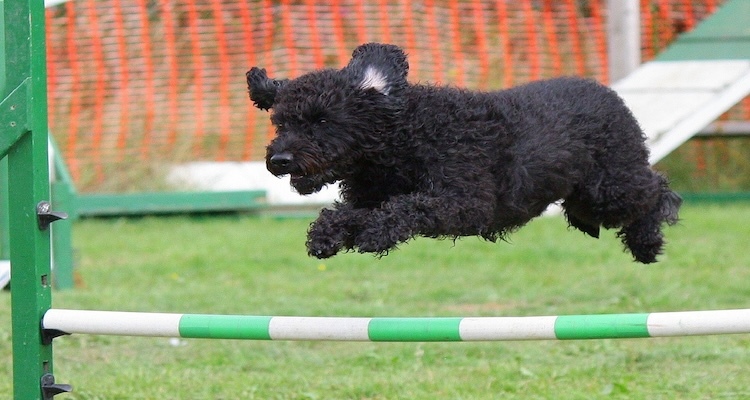
Classical conditioning, a foundational concept in psychology, has permeated various aspects of our understanding of behaviour and learning. This influential theory, pioneered by Ivan Pavlov, goes beyond the realm of laboratory experiments and has profound implications for everyday experiences. In this blog post, we'll explore the principles of classical conditioning, its historical roots, and its applications in shaping human behaviour.
Classical conditioning is a type of associative learning where a neutral stimulus comes to evoke a response after being paired with a stimulus that naturally elicits the same or a similar response. This process involves the formation of associations between stimuli and responses, shaping behaviour over time.
Classical conditioning owes its recognition to the pioneering work of Russian physiologist Ivan Pavlov. In the late 19th century, Pavlov conducted experiments using dogs to study digestive processes. However, he serendipitously discovered that the dogs began to salivate not just in response to food (UCS) but also to stimuli associated with food, such as the lab assistant's footsteps or the sound of a metronome (CS).
Advertisers often utilise classical conditioning to create positive associations with their products. The brand logo or jingle becomes a conditioned stimulus, evoking positive feelings or desires (conditioned response) linked to the unconditioned stimulus (product benefits).
Phobias can develop through classical conditioning. For example, if someone experiences a traumatic event (unconditioned stimulus) in the presence of a specific object or situation (conditioned stimulus), they may develop a fear response (conditioned response) even in the absence of the original trauma.
Classical conditioning plays a role in taste aversion, where individuals associate a specific food (conditioned stimulus) with nausea or illness (unconditioned response). Even if the illness is unrelated to the food, the association can lead to an aversion (conditioned response).
Social behaviours and responses can be shaped through classical conditioning. Positive interactions with certain individuals or groups (unconditioned stimulus) may lead to positive social responses (conditioned response), while negative experiences can result in avoidance or discomfort (conditioned response).
Classical conditioning principles are employed in exposure therapy to treat phobias and anxiety disorders. Gradual exposure to the feared stimulus (conditioned stimulus) without the negative consequence helps individuals unlearn their conditioned fear response.
In behavioural therapy, classical conditioning is utilised for behaviour modification. Reinforcing positive behaviours (unconditioned stimulus) with rewards creates positive associations (conditioned response), encouraging the repetition of desired behaviours.
Classical conditioning concepts are applied in substance abuse treatment. Pairing drug-related cues (conditioned stimulus) with negative experiences or aversive stimuli (unconditioned response) aims to reduce the conditioned response to drug-related cues, aiding in addiction recovery.
Classical conditioning is harnessed in pain management. Through conditioning, patients can learn to associate pain-relief strategies (conditioned stimulus) with reduced pain perception (conditioned response), providing a non-pharmacological approach to pain control.
Classical conditioning, with its roots in Pavlov's laboratory, continues to be a cornerstone in understanding how associations shape behaviour. From the experiments with dogs to its myriad applications in everyday life and therapeutic settings, classical conditioning illuminates the intricate ways in which our experiences influence our responses. As we navigate the complexities of human behaviour, the echoes of Pavlov's experiments resonate in our understanding of learning, memory, and the nuanced interplay between stimuli and responses.
Classical conditioning has several implications for athletes, affecting their performance, training, and overall well-being within the sports context. Understanding how associative learning influences behaviour can help athletes and coaches optimise training regimens, enhance performance, and address psychological aspects of sports participation. Here are some implications for athletes:
Classical conditioning plays a role in skill acquisition and muscle memory. Athletes can associate specific movements or techniques (conditioned stimulus) with successful execution or positive outcomes (unconditioned response). Repetitive training reinforces these associations, enhancing muscle memory and skill development.
Athletes often develop pre-competition rituals that involve specific behaviours, routines, or items (conditioned stimulus). Over time, these rituals become associated with a state of readiness or focus (unconditioned response). Engaging in these rituals before competitions can help athletes achieve an optimal mental state for performance.
Classical conditioning principles influence team dynamics and cohesion. Positive experiences during team activities (unconditioned stimulus) can lead to the development of positive team associations (conditioned response). Coaches can foster a supportive and positive team environment to strengthen these associations, contributing to better teamwork and collaboration.
Coaching cues and feedback can be associated with performance outcomes through classical conditioning. Athletes may develop conditioned responses to specific coaching instructions or motivational cues. Coaches can strategically use positive reinforcement to shape athletes' psychological responses and motivation.
Athletes can leverage classical conditioning to enhance mental toughness and resilience. Associating challenging training sessions (conditioned stimulus) with successful performance outcomes (unconditioned response) can contribute to a mindset that embraces adversity and views it as an opportunity for growth.
Classical conditioning is relevant in managing performance anxiety. Techniques such as systematic desensitisation involve pairing anxiety-inducing situations (conditioned stimulus) with relaxation or positive mental imagery (unconditioned response). Over time, this can reduce anxiety responses and improve an athlete's ability to perform under pressure.
Classical conditioning can be applied in injury rehabilitation. Associating rehabilitation exercises (conditioned stimulus) with a sense of progress and reduced pain (unconditioned response) can contribute to a more positive and motivated mindset during the recovery process.
Athletes can use classical conditioning to enhance focus and concentration. Establishing routines before training or competition (conditioned stimulus) that are associated with heightened attention and focus (unconditioned response) can contribute to a state of optimal arousal for performance.
Understanding classical conditioning allows athletes and coaches to intentionally shape behaviour, create positive associations, and optimise mental and physical preparation. By leveraging these principles, athletes can enhance their performance, mental resilience, and overall well-being in the challenging and dynamic world of sports. If you would like to learn more about the psychology of performance then do contact one of the sport psychologists who advertise their services on our easy to use sport performance directory.
References
Pavlov, I. P. (1927). Conditioned reflexes: An investigation of the physiological activity of the cerebral cortex. Oxford University Press.
